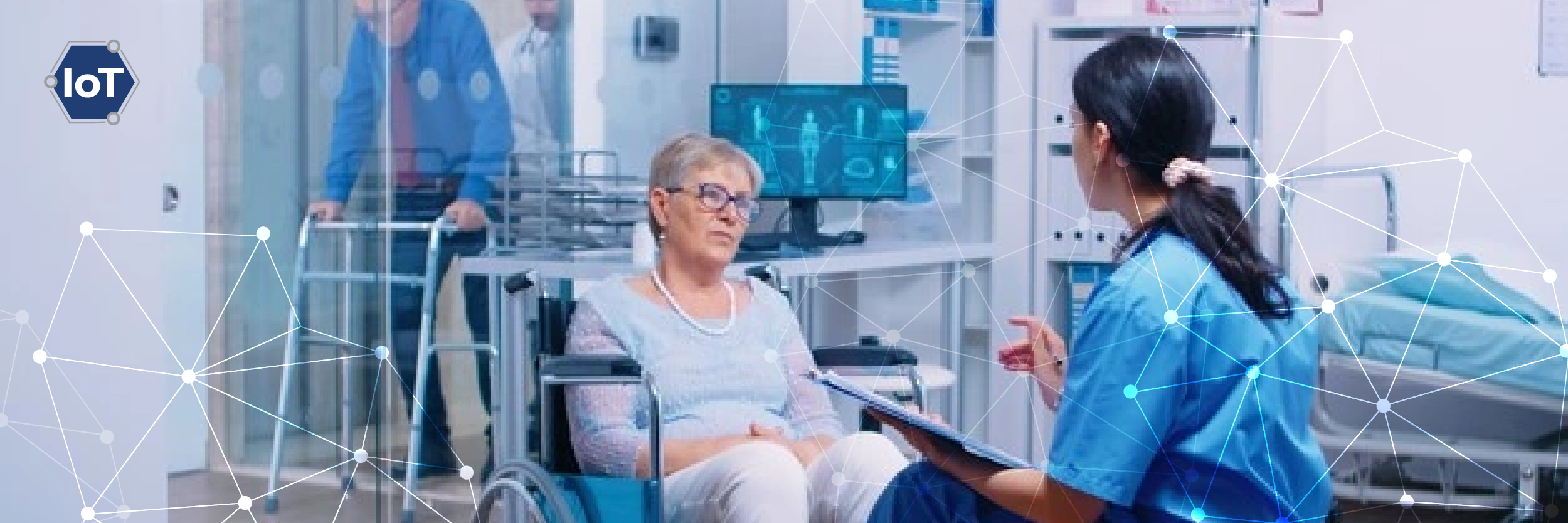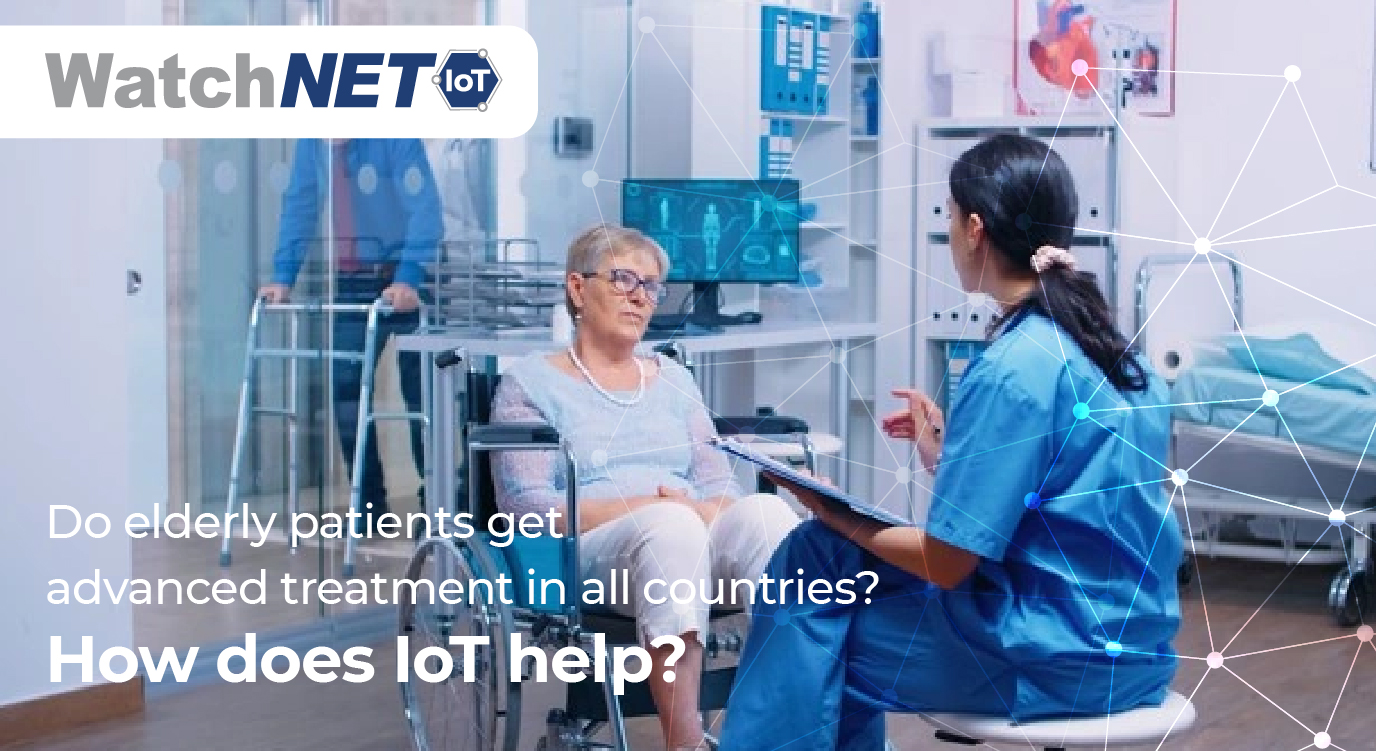
Healthcare is what defines a country’s development. Healthcare to all is what one should strive towards and one is one of the most valued sectors. Even with the development in today’s world, any remote places are still not accessible to the health facilities as the others are. With the recent surge in IoT trends in the medical field, these bottlenecks can now be easily bypassed. The Internet of Things in the health industry is forecasted to reach $176 billion by 2026.To understand how and why this IoT helps in advanced treatment to people in all countries, well, there are more ways than one!
The most common advantage of implementing IoT in the healthcare industry is the remote monitoring of patients – meaning which the patient does not have to physically be near a physician to get their parameters tested. Is this not one of the most sought after benefit to get oneself monitored from the comfort of where you are. And this is what the IoT devices and sensors are helping us experience. And these devices are not just to monitor the vitals, but also all aspects: The IoT in Healthcare Market Size, Share & Industry Analysis is literally huge.
- Glucose Monitoring – One of the most common health conditions, diabetes, has to be monitored at periodic intervals. And for a few difficult cases, constant monitoring and tracking are required. IoT devices help by providing continuous and automatic tracking of glucose levels in patients and raising an alert when there is any deviation.
- Heart Rate Monitoring – Heart rate also needs to be monitored continuously for a few patients and this can’t happen just in the hospitals. Heart rate monitors ensure people move around freely while their hearts are monitored is one of the best examples of IoT devices.
- Mood Monitoring – In a day where mental health is only talked about and is not quantified, healthcare professionals and patients largely benefit from depression and mood monitors, to report their actual feelings. These devices collect and analyze data such as heart rate and blood pressure to infer about a patient’s mental state.
- Parkinson’s Disease Monitoring – Another major ailment for elderly people is Parkinson’s. And IoT sensors and wearables help track and analyze symptoms, thereby enabling early detection and preventive measures.
IoT devices in the medical field are innumerable and with new-age devices on the rise, it is only right to say that the benefits are many too:
Economical, as unnecessary doctor visits and admissions can be avoided
- Improved treatment at the comfort of your home
- Quicker diagnosis and preventive care
- Error reduction through a central database
- Immediate access to all patient records
IoT in health care is truly the need of the hour. IoT has the potential to solve numerous issues related to health, while also improving the quality of healthcare and services. Implementing IoT into every health firm could be the next big step in this connected world!


